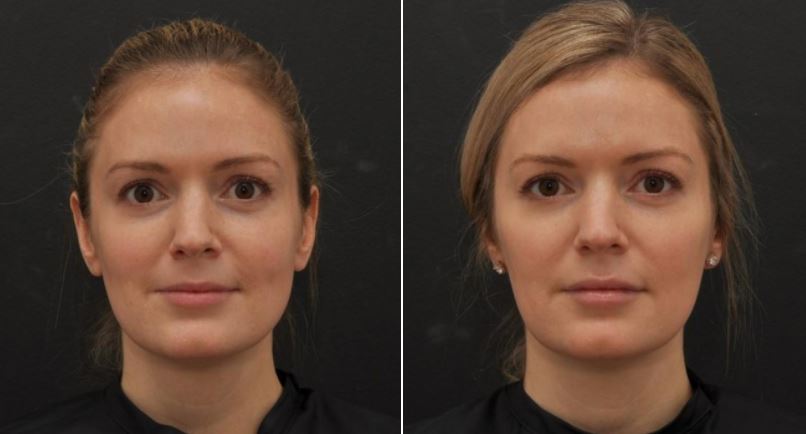
You frown during meetings. Raise your brows while listening. Smile at friends. These moments feel harmless. But they repeat. And slowly, the skin begins to memorize them. You rest your face, and the lines fade. At first. But then one day, they stay a bit longer. You don’t panic. You just wonder—how early is too early to start doing something?
You’ve never had Botox before, but the idea of waiting until deep lines form feels reactive
You hear people say, “Wait until it’s bad.” But why? You don’t wait for cavities to brush. You don’t wait for sagging to moisturize. The thought of preventative Botox feels more like preparation than panic. You don’t want to look different. You want to age differently. Subtly. With control. Not in denial—but in rhythm with time.
You look at photos and realize your expressions leave shadows even when you’re not moving
It’s not about vanity. It’s about awareness. You see the same expression in every photo—furrowed, tired, surprised. Not because you feel that way. Because the muscles hold it there. These aren’t static wrinkles yet. But they’re rehearsing. Preventative Botox pauses the rehearsal. Before the performance sets in.
You ask if it’s safe to start in your 20s or early 30s, and the answer depends on the face
There’s no age that fits everyone. Some develop dynamic wrinkles early. Others don’t. It’s not about the calendar—it’s about the canvas. If your expressions are starting to leave marks, even temporarily, then you’re already in the zone where prevention works. Starting early doesn’t freeze youth. It stretches it gently.
You meet with a provider who uses small doses and explains placement like a sculptor, not a salesman
A good injector doesn’t oversell. They listen. They measure. They start small. Preventative Botox isn’t about transformation. It’s about subtle control. Strategic relaxation of muscles. Usually in the forehead, glabella, or crow’s feet. Tiny doses. No change in expression—just in permanence.
You hear myths that early Botox will make your face dependent, but muscle memory is more complex
It’s a common fear: that your face will forget how to move. But that’s not how it works. Muscles aren’t erased. They’re softened. The moment you stop Botox, motion returns. Slowly. Safely. Starting early doesn’t trap you. It trains you. The skin benefits from reduced stress. But it never forgets its own language.
You realize maintenance becomes easier when you’ve prevented the depth from forming in the first place
It’s simpler to keep a wrinkle from forming than to fill it once it’s carved in. That’s the logic behind preventative Botox. Less product. Fewer sessions. Longer intervals. And better skin texture over time. You’re not racing age. You’re pacing with it. That’s the difference.
You hear someone say “you’re too young,” but they don’t see your face under bright light every morning
Age isn’t always visible to others. But you know your skin. Your movement. The way it reacts. If something bothers you now, it won’t disappear on its own. Waiting may not worsen things—but starting early might make the journey easier. Gentler. Less reactive.
You look at your skincare shelf and realize none of it stops muscles from folding the skin repeatedly
Retinol helps. Sunscreen helps more. But neither touches the muscle. That’s where Botox lives. The missing step. You don’t need to choose one or the other. You need both. A good serum doesn’t undo a crease caused by 100 frowns a day. But Botox can.
You begin to think of Botox less like a procedure and more like another form of personal maintenance
Just like you wash your face. Brush your hair. See your dentist. Preventative Botox becomes routine. Not frequent. Not dramatic. But intentional. You don’t think twice about it once it’s part of your care. That’s when it stops feeling cosmetic and starts feeling practical.
You ask how long it lasts, and learn that early doses often stretch results longer
Most preventative Botox patients need treatment every four to six months. Sometimes less. The muscles aren’t as strong yet. The lines aren’t fixed. So the effect lingers. You adjust over time. The routine becomes lighter—not heavier. Prevention is quiet like that.
You realize the best results don’t show—they just preserve what’s already working
The best compliment isn’t “you look different.” It’s “you look well-rested.” “Balanced.” “Clear.” Preventative Botox doesn’t create change. It protects the present. You keep your face. Your movement. Your emotion. But not your wrinkles. At least, not now.
